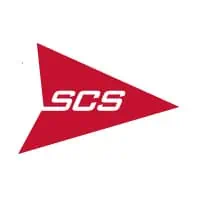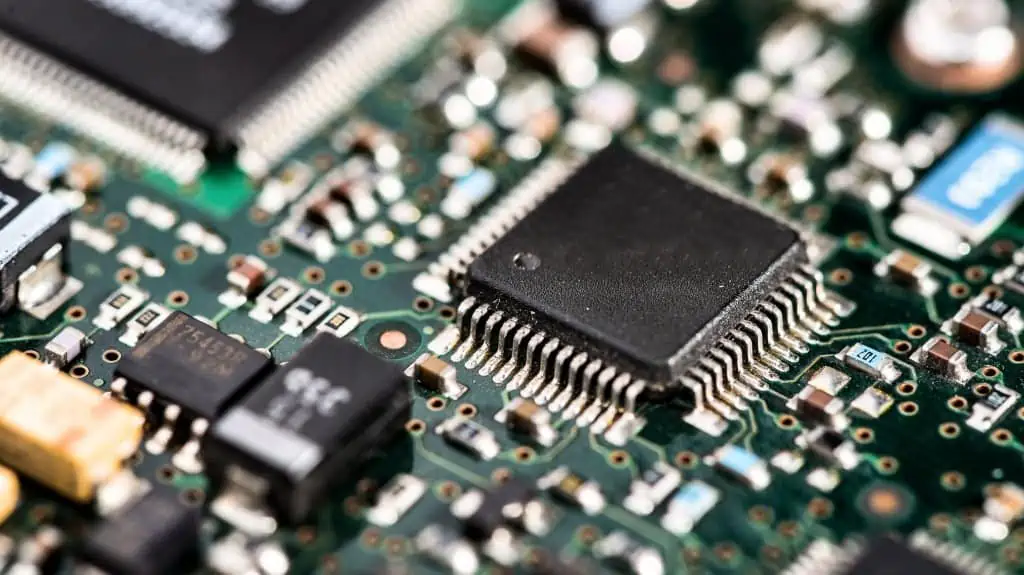SCS Parylenes are used to protect specially designed OEM systems and enhance the performance of COTS products not originally intended to withstand the harsh environments encountered by drones and unmanned systems. Speciality Coating Systems (SCS) gives a brief review of how Parylene and Acrylic conformal coatings are applied, their advantages and drawbacks, and applications that benefit from each coating.
Polymer-based protection solutions are used extensively in the development of drone and UAVs (unmanned aerial vehicles) parts and components, providing state-of-the art protection against harsh-environmental and industrial conditions encountered by unmanned aerospace and defense applications.
Parylene and acrylic resins are both well-known conformal coatings. Due to variances in their chemistries, each family of coatings has their own unique properties, uses and capabilities.
Coating Application
Parylenes: Parylene coatings are applied through a chemical vapor deposition (CVD) process onto the substrate or material that is being coated. Film thickness is usually applied between .0005” and .002”, but can be applied as thin as .0001” or even less.
Acrylics: Acrylic resins (Type AR) are liquid conformal coatings that can be applied four ways: spray, dip, brush or robotics. Generally speaking, volume throughput, complexity of masking requirements and skill level of coating operators will determine which application method is best. Acrylics are usually applied to a dry film thickness between .002” and .005”.
Advantages and Drawbacks
Parylenes: Parylene coatings offer excellent resistance to moisture, chemicals, acids, bases and solvents. They also provide high dielectric strengths and low dielectric constants, making the coatings excellent electrical insulators. These properties and more are achieved with a remarkably thin coating – generally measured in the microns range. Other advantages include:
- Superior thermal stability
- Biocompatibility and biostability
- Dry film lubricity
- High optical clarity
- Contributes to tin whisker mitigation
Parylene coatings tend to be more challenging to remove for board rework due to their insolubility to chemicals. In order to repair coated circuit boards, thermal or mechanical removal processes, such as laser ablation or micro-abrasion, are generally used.
Acrylics: Acrylic conformal coatings provide excellent barriers to moisture and humidity. The coatings also do provide reliable fungus resistance and do not shrink during curing. Other advantages include:
- Easily removed for rework and repair
- Good dielectric barrier properties
- Ultraviolet (UV) traceable
- Short drying time
Acrylics are not ideal solutions for applications requiring higher operating temperatures. The maximum continuous operating temperature of one of the most popular acrylic coatings, HumiSeal® 1B31, is 125ºC. Acrylic conformal coatings can be removed with a weaker solvent such as isopropyl alcohol or xylene, which also infers that acrylics may not provide necessary protection if the application encounters stronger solvents.
Applications
Parylenes: Parylene coatings provide excellent protection for a wide range of applications due to their ultra-thin nature and performance characteristics. Their stability in both high and low temperature allows for protection in harsh transportation, industrial electronics, aerospace and defense applications, and their natural biocompatibility often makes Parylene coatings the only choice for medical device protection.
Acrylics: Acrylic coatings are commonly used to protect printed circuit boards. Their resistance to moisture and fungus makes them an extremely effective choice for components that are likely to get wet. Acrylics are also a preferred coating for applications where board rework is commonly required.











